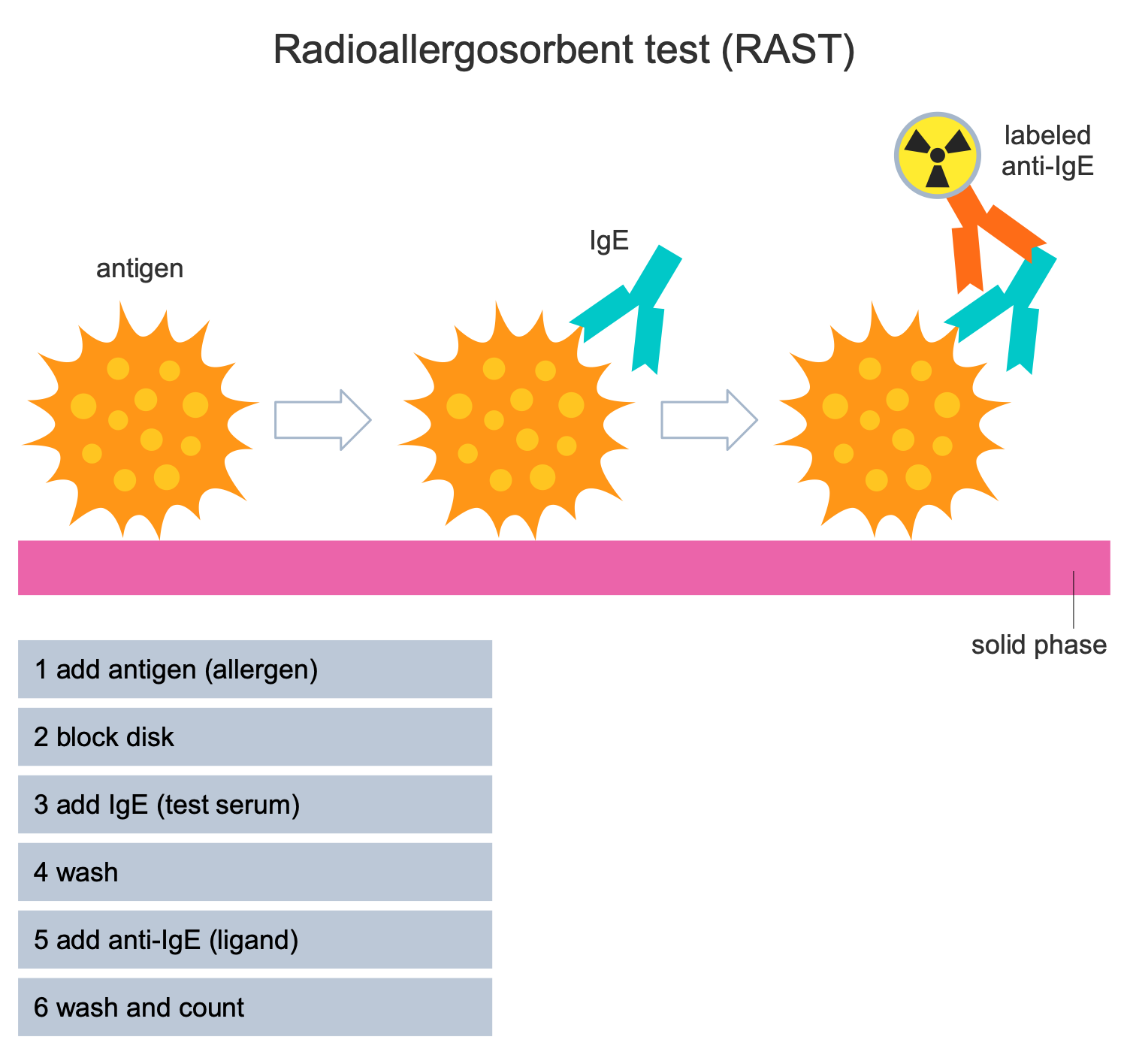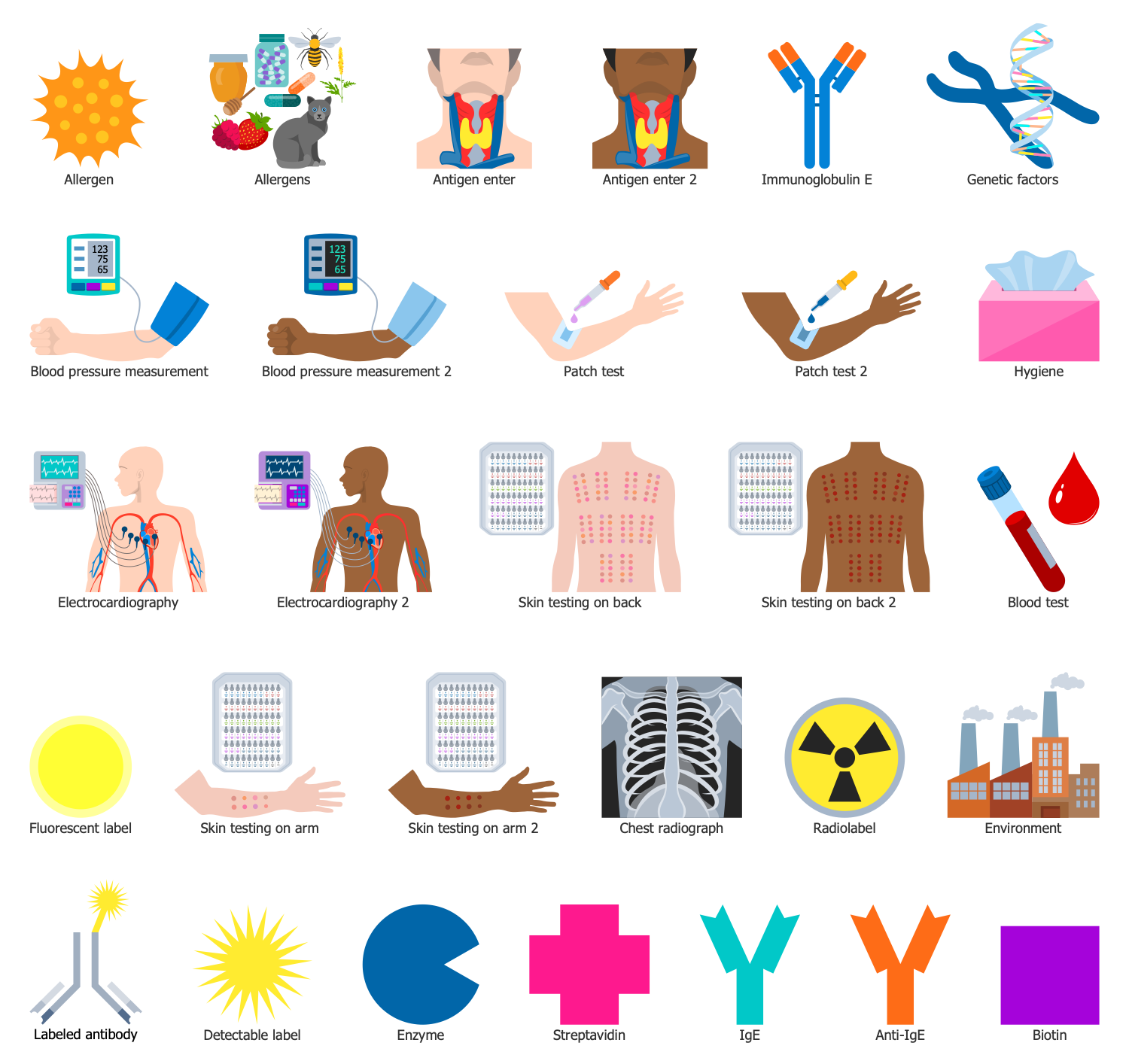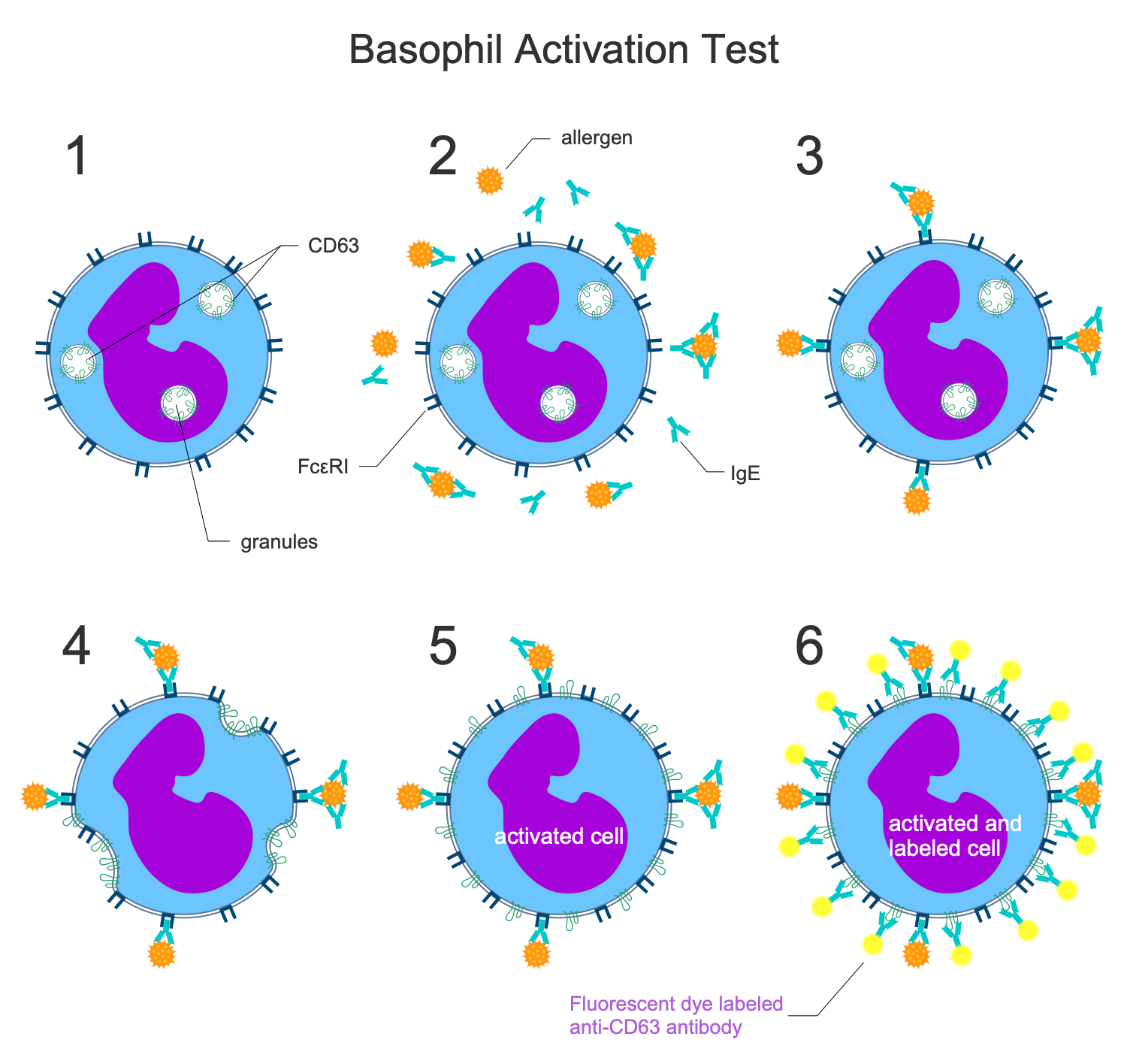Allergy Testing
Allergy testing is the first step to effective allergy treatment. It includes a range of different methods for medical diagnosis of allergy and recognizing the types of allergens causing it. Allergy testing is provided by skin tests and blood tests.
Both adults and children are tested for allergies, the way of testing is chosen individually according to age and other factors. Each of the tests has its own pros and cons. Skin tests cost less and give results faster than blood allergy tests. But they require good training from the medical worker and some medicines can interfere with the test correctness. Blood tests are more expensive and getting results takes a long time.
In any way, allergy testing is a provocation of a small, controlled, allergic response. However, to make a correct diagnosis and prescribe treatment, a single test is not enough, it is also necessary to take into account the complete medical history of the patient.
As for the skin tests, a microscopic amount of an allergen is introduced to a patient's skin. It is realized in different ways: by under-dermis injection with a hypodermic syringe (intradermic test) or by applying a patch with the allergen (patch test). The different allergens are applied on a large patch, it is put on the skin, commonly on the back.
It is also applied the pricking of skin with a needle or pin with the allergen (skin prick test), a deep scratch by the blunt bottom of a lancet (skin scratch test), or a superficial scrape by the bevel of a needle (skin scrape test). The skin scrape test is the most used, it is painless because impacts just on the superficial layer of the skin. The result is taken in a period from a few minutes to several days. An immuno-response appearing in the form of rash or hives indicates a hypersensitivity to a certain allergen. A negative test does not completely exclude an allergy, the insufficient concentration of introduced allergen can be the reason.

Example 1. Allergy Testing
One more intradermal test is the skin endpoint titration (SET). The intradermal injections of allergens are started with minimal concentrations and gradually are increased. In 10 minutes after injection, the site is explored on the response. If the growth of wheal and swelling of the skin is fixed, the second injection at a higher concentration is given to confirm the response.
Blood tests measure the presence of IgE antibodies to specific allergens in a patient's blood. There are two types of allergy blood tests: a total IgE test measuring the overall number of IgE antibodies in your blood and a specific IgE test identifying the level of IgE antibodies in response to specific allergens. The increased IgE level in a total IgE test means a patient has some kind of allergy and only a specific IgE test identifies the particular allergens.
Example 2. Allergy Diagnostics Library Design Elements
While the skin tests give an immediate result, at least several days are needed to receive the results of an allergy blood test. At the same time, blood tests are not affected by taking antihistamines and suit for people with extensive rashes.
However, all types of allergy tests have accuracy. About 50-60 percent of all allergy tests are false positive, this means you take a positive result when you haven't an allergy to a specific allergen. This can occur for different reasons, the test can react for the products from a similar group or react to the undigested food proteins. The additional tests are made, if necessary.
The modern ConceptDraw DIAGRAM software extended with Allergology solution is helpful in designing attractive allergology illustrations, infographics, diagrams, schematics. Use it to depict in minutes the allergy testing ways, the common triggers, common symptoms, diagnostic ways, and allergy treatment methods.
Example 3. Basophil Activation Test
The useful drawing tools of the Allergology solution include a large set of ready-made samples and examples and a collection of predesigned vector design icons and pictograms used in the allergology area. They are grouped in 11 libraries:
- Allergic Diseases library
- Allergy Symptoms library
- Allergy Diagnostics library
- Allergy Treatment library
- Allergy Pathophysiology library
- Allergy People library
- Allergy Diet library
- Anaphylaxis Emergency library
- Asthma Triggers library
- Food Allergens library
- Non-Food Allergens library
The included objects allow easy making an overview of allergology skin and blood tests, including RAST test, SET test, and others. The included samples are a perfect base for each ConceptDraw DIAGRAM user for designing faster based on them.
Example 4. Asthma Attack
The allergy testing infographics you see on this page were created in ConceptDraw DIAGRAM software using the Allergology Solution. They successfully demonstrate the solution's capabilities and professional results you can achieve. An experienced user spent 15-20 minutes creating each of these samples.
Use the powerful tools of the Allergology Solution for ConceptDraw DIAGRAM software to create your own infographics and diagrams of any complexity fast and easy, and then successfully use them in your work activity.
All source documents are vector graphic documents. They are available for reviewing, modifying, or converting to a variety of formats (PDF file, MS PowerPoint, MS Visio, and many more graphic formats) from the ConceptDraw STORE. The Allergology Solution is available for all ConceptDraw DIAGRAM users.


